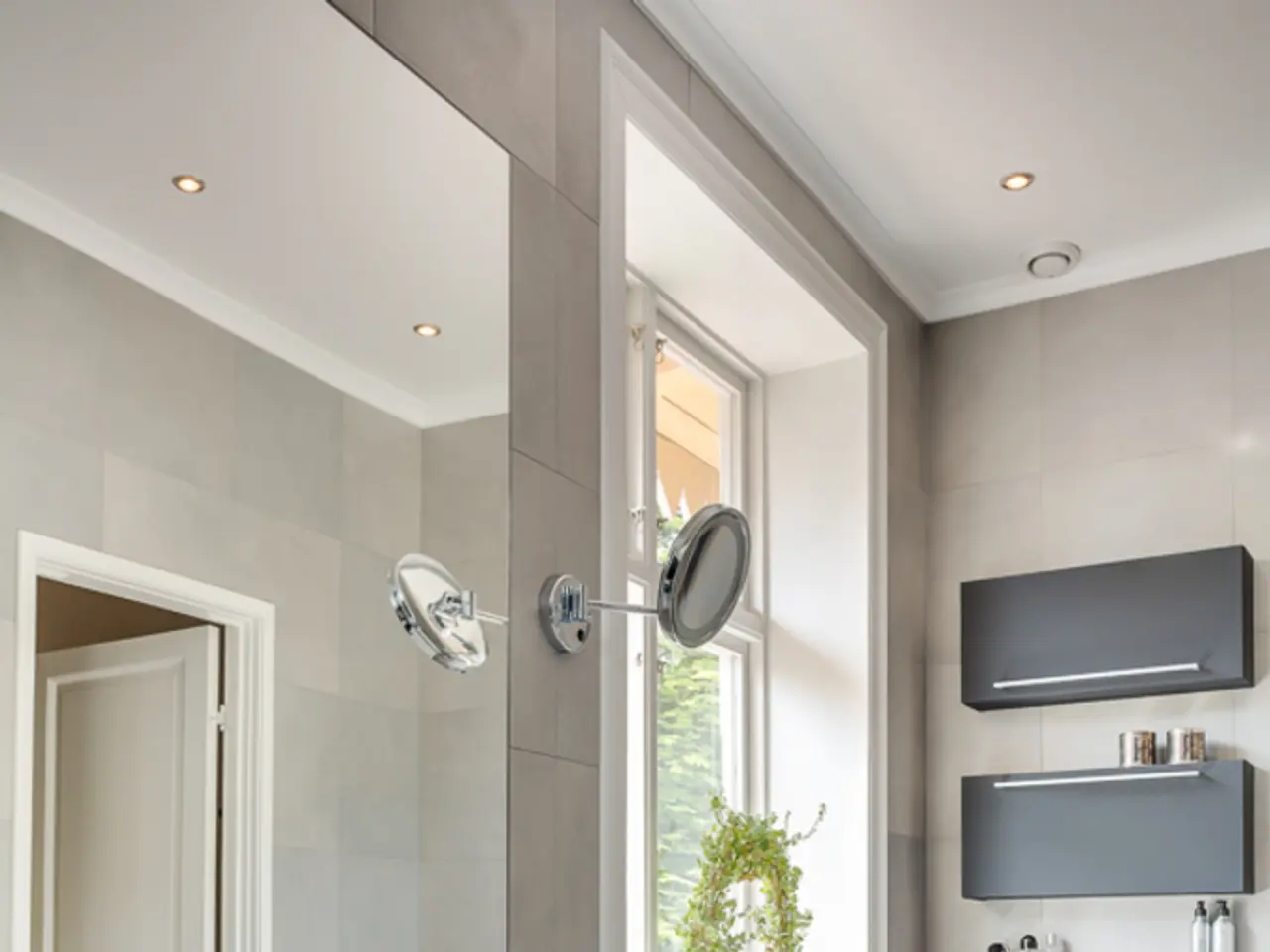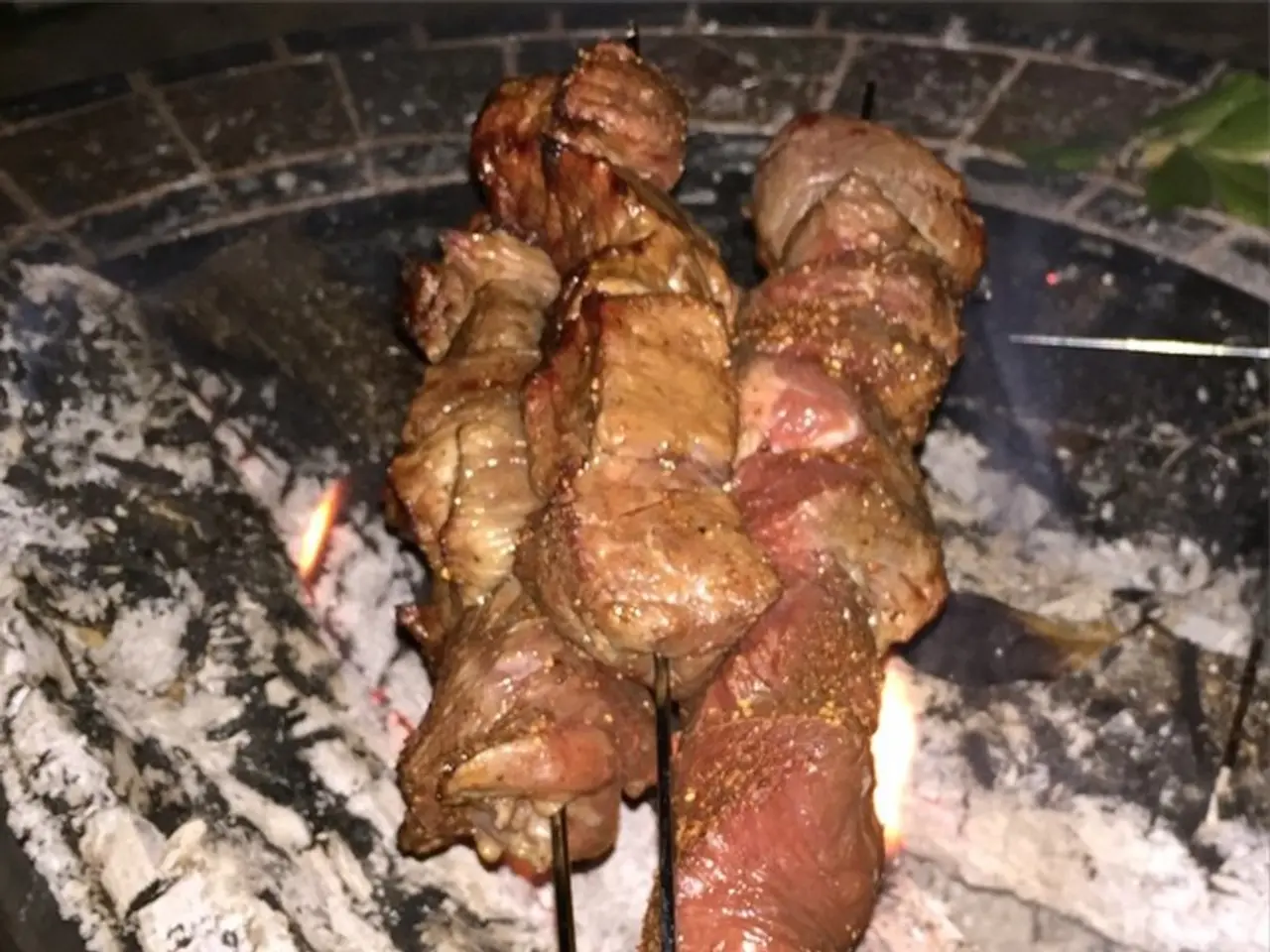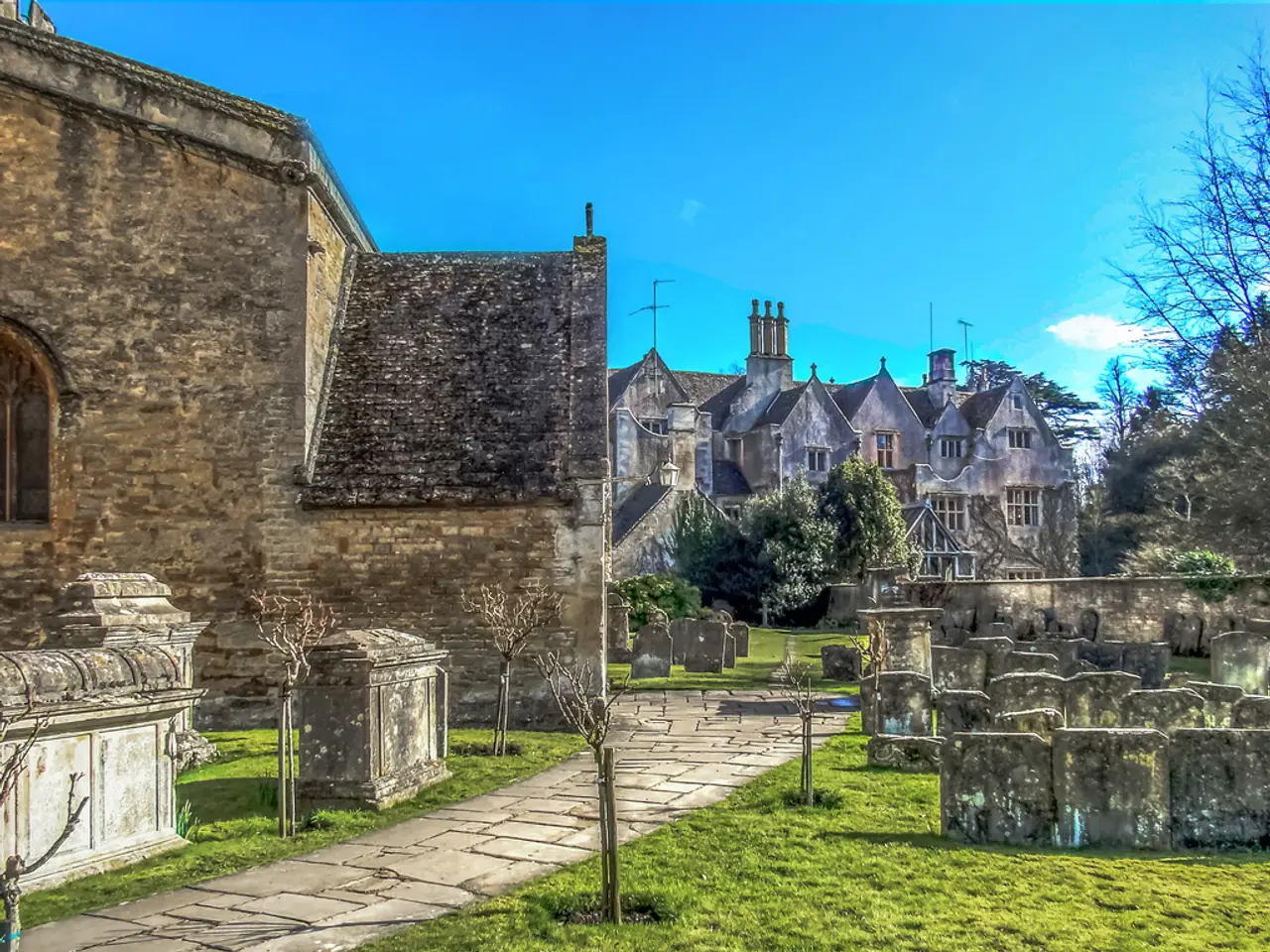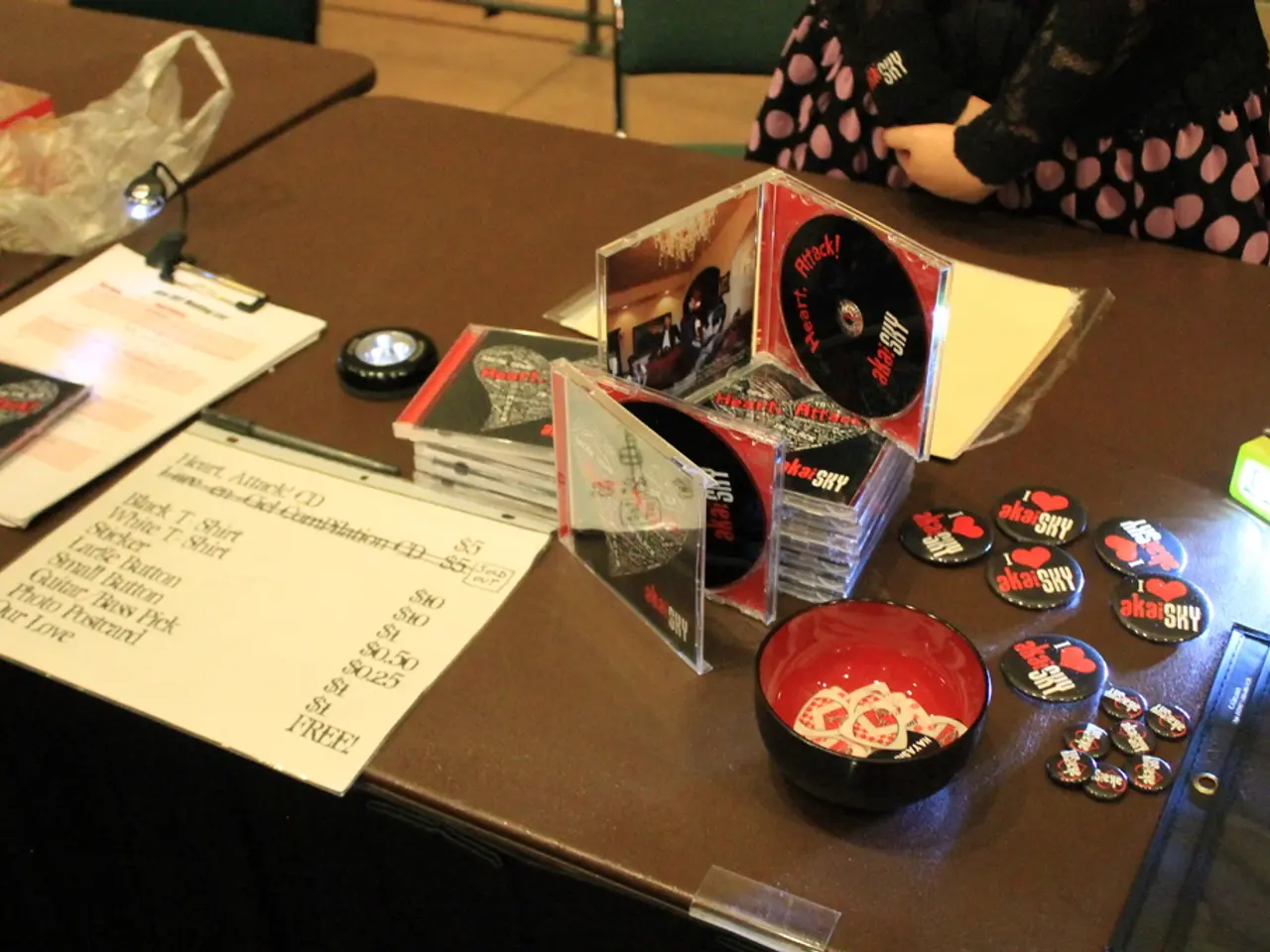Detrimental Locations for Succulent Growth: These spots may lead to yellowing, shrinking, and potentially the demise of your succulent plant.
In the world of indoor gardening, succulents have become a popular choice for many plant enthusiasts. However, these unique and attractive plants require specific conditions to thrive indoors. Here are some tips on creating the ideal environment for your succulents.
Firstly, it's crucial to provide adequate light, stable temperature, and appropriate humidity. Succulents need bright, indirect sunlight to grow strong and healthy. Low-light corners or rooms with insufficient sunlight can cause them to stretch out, becoming leggy and weak, and increase the risk of rot due to poor airflow and moisture management.
Avoid placing succulents near radiators or heating vents, as the hot and dry air can dry out plants too quickly and cause leaf burn or stress, leading to poor growth or death. Similarly, damp, humid bathrooms or kitchens without good airflow are unsuitable environments for succulents, as excess humidity promotes fungal diseases and root rot.
Areas with cold drafts or near air conditioners should also be avoided, as rapid temperature fluctuations and cold drafts can shock succulents, which prefer consistent warmth. Lastly, hanging spots too high to water or mist properly without supplementation can make care difficult and lead to neglect, dry air, or insufficient light.
Indoor succulent success depends mainly on bright indirect light, well-draining soil, moderate stable temperatures, and minimal humidity. Not providing proper drainage can lead to mushy roots, dropping foliage, and the plant rotting away. It's essential to have drainage holes in the pot to allow excess moisture to be removed from the soil, reducing the likelihood of root oversaturation.
If natural light is insufficient, supplementing with grow lights can prevent etiolation and keep succulents healthy inside. Using a soil moisture meter can help identify when to water succulents, while a room thermometer can be used to monitor temperatures for succulents and relocate them as necessary.
In a closed terrarium, succulents do not appreciate high-moisture environments and require an open terrarium for airflow. Creating drainage in a pot can be achieved by making your own succulent potting mix that is porous, adding things like pebbles at the bottom of your planter, or even adding drainage holes to planters that don't already have them.
Some succulents are frost-tolerant, but the majority of popular succulent houseplant varieties do not do well with lower temperatures. On top of a fridge, succulents may not thrive due to constant fluctuations in temperature and sudden gusts of colder air.
Placing succulents in the bathroom is not advisable due to the high humidity and poor ventilation in that room. Instead, Alex Kantor, an expert on landscape trees, shrubs, and indoor plants, advises against growing succulents in the bathroom and recommends ferns as a better choice for that environment.
Succulents are some of the first houseplants that many people start collecting. With these tips in mind, you can create the perfect indoor environment for your succulents to grow strong and healthy, ensuring your collection thrives for years to come.
Landscaping your home-and-garden could include adding indoor plants, such as succulents, to enhance lifestyle. Maintaining a bright, indirect light, well-draining soil, and moderate stable temperatures with minimal humidity would provide an ideal environment for these succulents to thrive indoors, both in pots and in open terrariums with adequate drainage.




